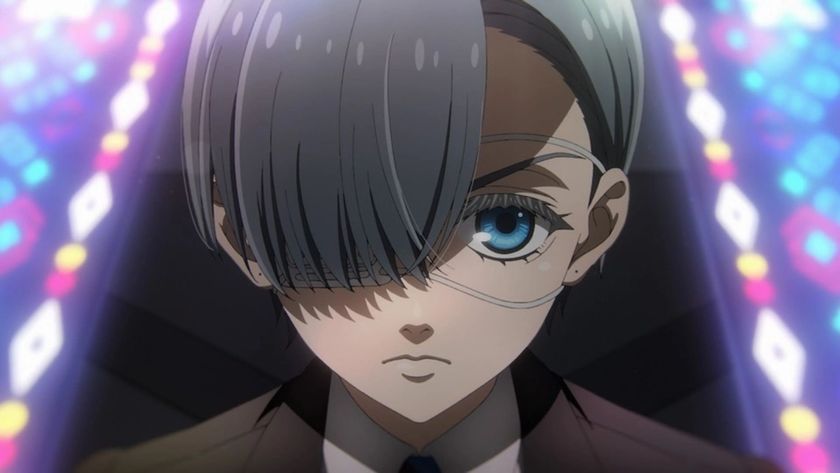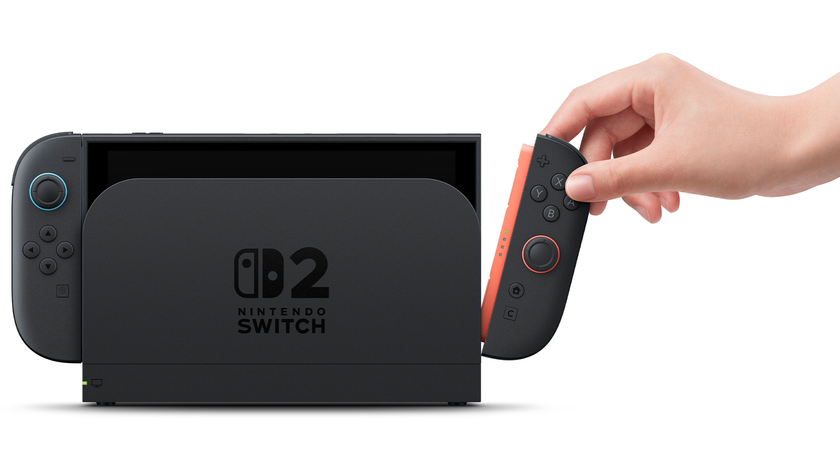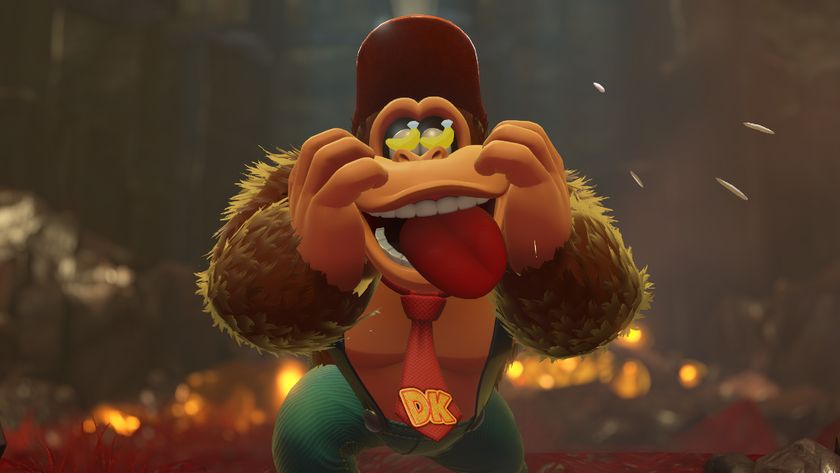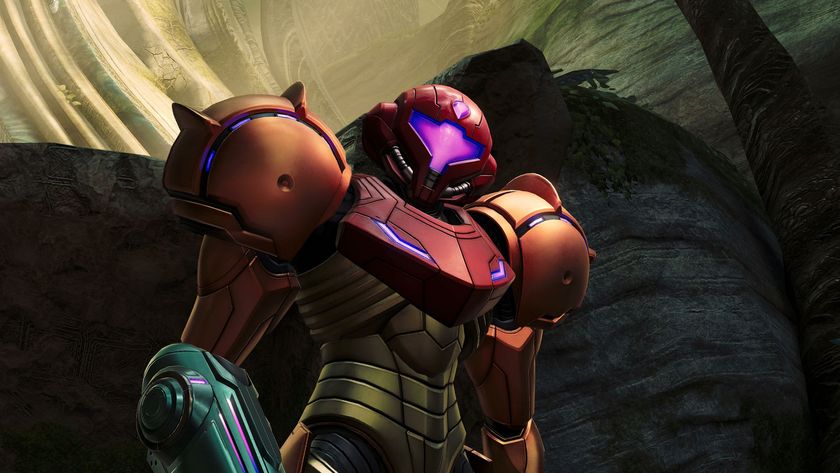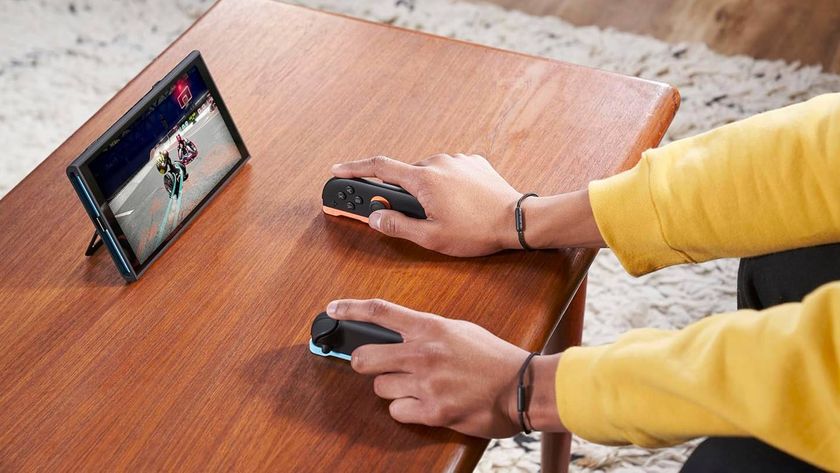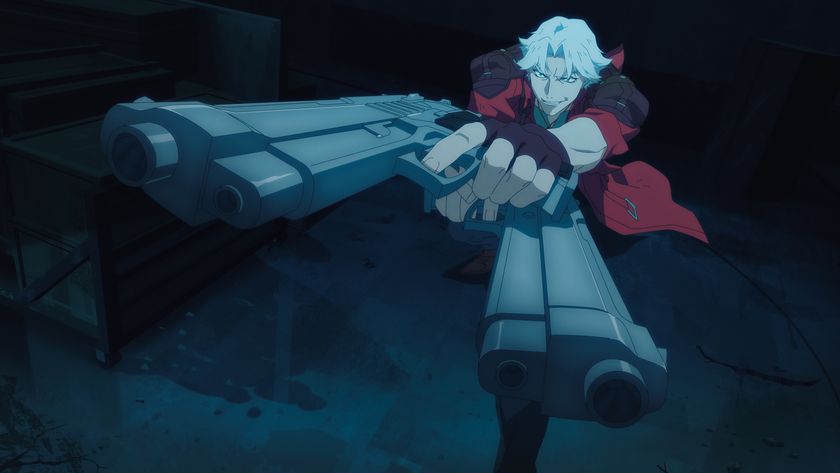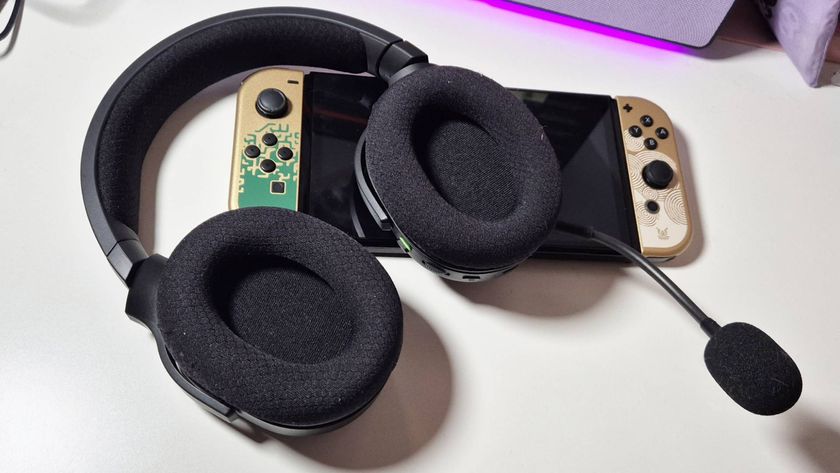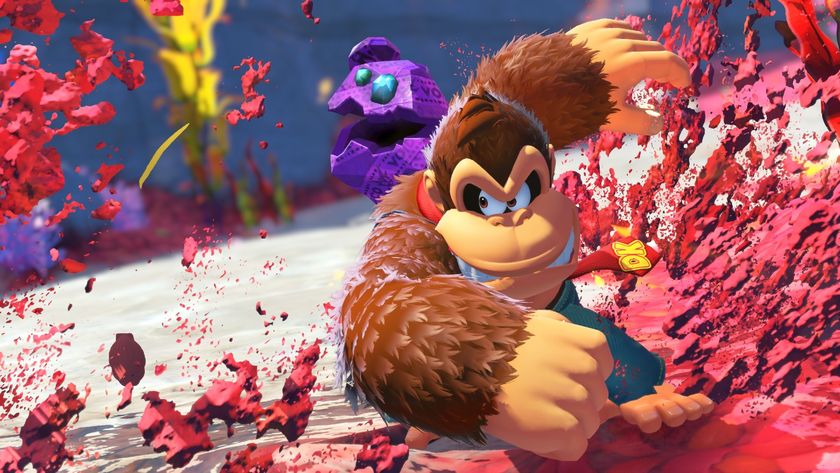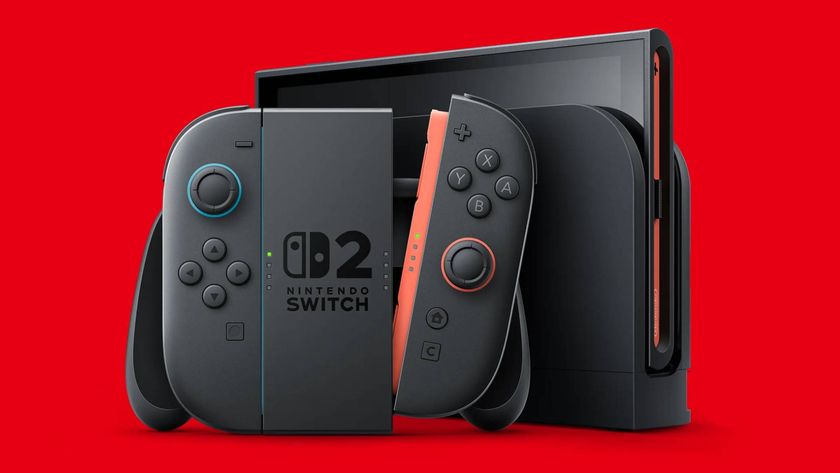The History of Music Games
20 years of rhythm-based rocking - from DDR to Guitar Hero
We've charted their popularity and placement in today’s gaming world, and now we present the history of music-based games.

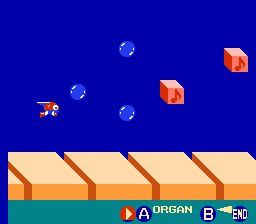
Otocky - Famicom Disk System 1987
Developed by interactive media artist, Toshio Iwai, this side-scrolling shooter enables you to pilot a ship that fires projectiles at enemies in eight different directions. The kicker here is that each direction provides a different note, which is quantized in real time to the basic background music - meaning you basically add your own beats to the music. Because of this, Otocky is known as the first videogame to include creative/generative procedural music - essentially giving the composer (player) free reign to initiate different compositions. Think of it as the precursor to Rez, only way less trippy.


Miracle Piano - NES, SNES, Mac, PC, Amiga, Genesis 1991
This peripheral was a MIDI keyboard and disk/cartridge system packed together to function as a piano teaching tool. Similar to the old Mavis Beacon typing instruction games, users followed on-screen notes in hopes to teach children how to play. To its credit, the keyboard was incredibly robust, providing lessons for classic, rock and show tunes with 128 MIDI patches. Topics included stalwarts like time signatures and 16th notes. Not terribly popular due to its insane asking price, which sources claim to be between $250-500.


Mario Paint - Super NES 1992
Even though the focus of Paint was to replicate MS Paint on your TV, the included composer provided the most longevity. As more of a tool than a game, you placed various sound effects from the Mario series on a musical scroll. But don’t let its simplicity fool you. Even with basic notes, you can construct some wild compositions. The sequencer has since seen a proliferation with a number of freeware program replicates and an increased presence onYouTube.

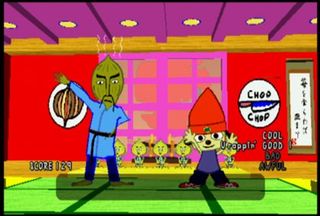
PaRappa the Rapper - PS1 Japan 1996, North America 1997
PaRappa 2 - PS2 Japan, North America 2002
As a paper-thin rapping dog, players must match button taps with the corresponding button icons that are scrolling, enabling you to “successfully” rap. You’re then rewarded for your timing and can even boost your score with freestyling. Also, the music is extremely catchy: “When I say boom boom boom/you say bam bam bam/no pause in between/c’mon let’s jam.”
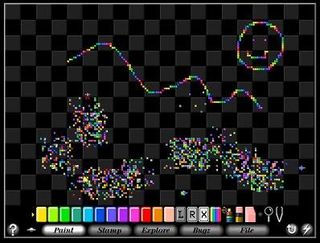
SimTunes - PC 1996
Another Toshio Iwai joint that combines freeform music creation with bizarre gameplay. Players paint a picture onscreen where each color represents a musical note. You then place musical bugs - each of which represent an instrument - that crawl around randomly and “play” each color. Without an overall goal in the game per se, SimTunes can be seen as an early sandbox music title: you have a lot of tools and freedom at your disposal toexperiment with.Also acts as a spiritual predecessor to Iwai’s DS rarity, Electroplankton.

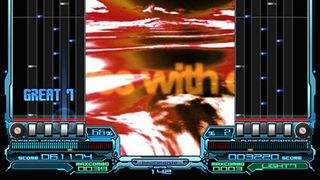
Beatmania - Arcade 1997, PS1 1998, GBC 1999
From Bemani - Konami’s music division accounting for most of this list- Beatmania gives you the taste of what it’s like to be a DJ. Using a turntable peripheral, you hit keys and scratch the turntable in rhythm to each corresponding beat cascading down a vertical bar. Screwing up depletes your accuracy meter.Sequels upped the key count from five to seven, mostly for the K-pop fiends.
Sign up to the 12DOVE Newsletter
Weekly digests, tales from the communities you love, and more

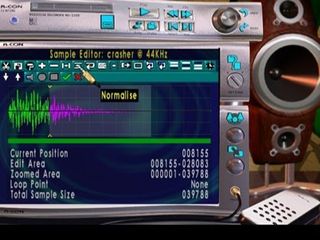
MTV Music Generator - PS1 Japan 1998, North America 1999
MTV Music Generator 2 - PS2 2001
MTV Music Generator 3 - PS2 2004, Xbox 2004
Like SimTunes before it, Music Generator is freeform in that the creation of music takes precedence over gameplay. However, unlike SimTunes, Music Generator is solely about music creation, with in-game synths, samples and pre-made riffs. Not surprisingly, a number of fledging artists use this game for mixing based on how powerful it is. The Xbox version even let you rip tunes from the hard drive. Eventually, developer Jester parted ways with publisher Codemasters, who retained the MTV license until its final Music game in 2004.
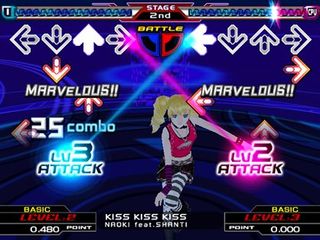
Dance Dance Revolution - Arcade Japan 1998
Has since appeared on: PS1, Dreamcast, GBC, N64, PS2, GC, 360, Wii
Also known as that game your Asian friends play at the bowling alley, the home version comes with a four-arrowed dance mat that easily slips on most carpets. As guide arrows scroll vertically, you need to stomp your pad once the scrolling arrows overlap the transparent stationary arrows. You’re rewarded points based on how well you sync the beats. Fun fact: of the over 100 official versions released, there have been over 1000 J-pop love themes featured.
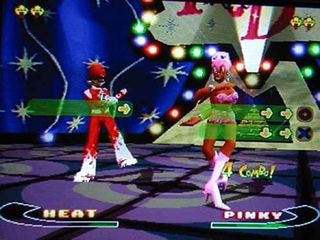
Bust a Groove - PS1 North America 1998
Bust a Groove 2 - PS1 Japan 1999, North America 2000
Usually described as a music/fighting hybrid, we tend to think Groove was just a way to out-funk the competition. Players select from a colorful cast of dancers and face off onstage to ridiculously catchy songs. You would then have to match a button input onscreen (usually a direction and a face button) to correctly pull off your move and serve your opponent. ProTip: as long as you pressed the correct button on the fourth beat, you could conceivably input the direction buttons as quickly as possible. You could even get special moves - called Jammers - to damage the other dancer, e.g. fiery bursts of energy, or a giant hamburger smash attack. Fun fact: the game is called Bust-A-Move in Japan, but had to change its name in the US due to the popular puzzle game already having that name.
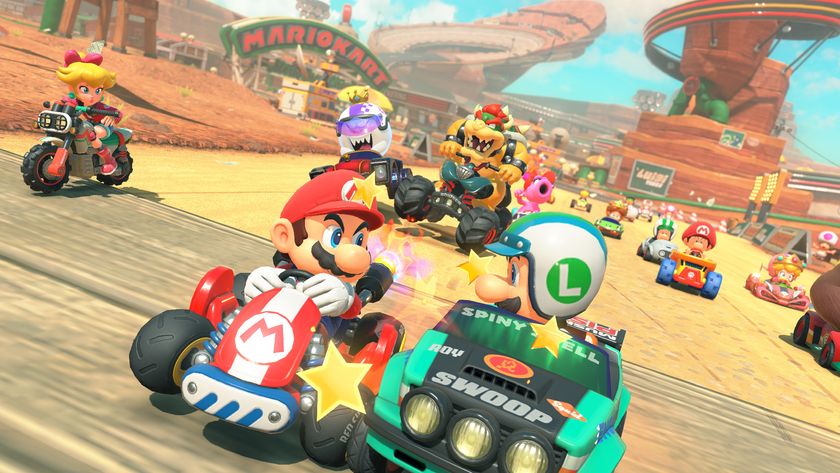
After racing my heart out in Mario Kart World, I'm convinced the 24-player Knockout Tour is a real racing revolution
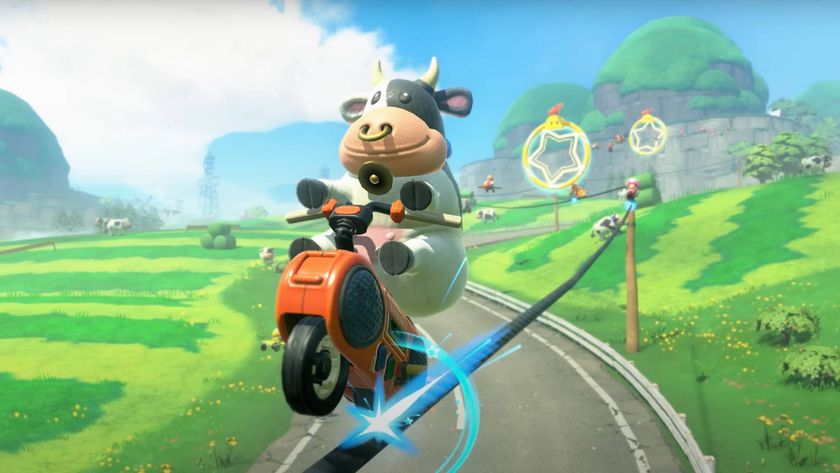
Mario Kart World appears to have at least 50 playable characters, and it has a baffling list of newcomers including the Moo Moo Meadows cow, a crab, and a dead fish: "TRULY PEAK CHARACTER VARIETY"
